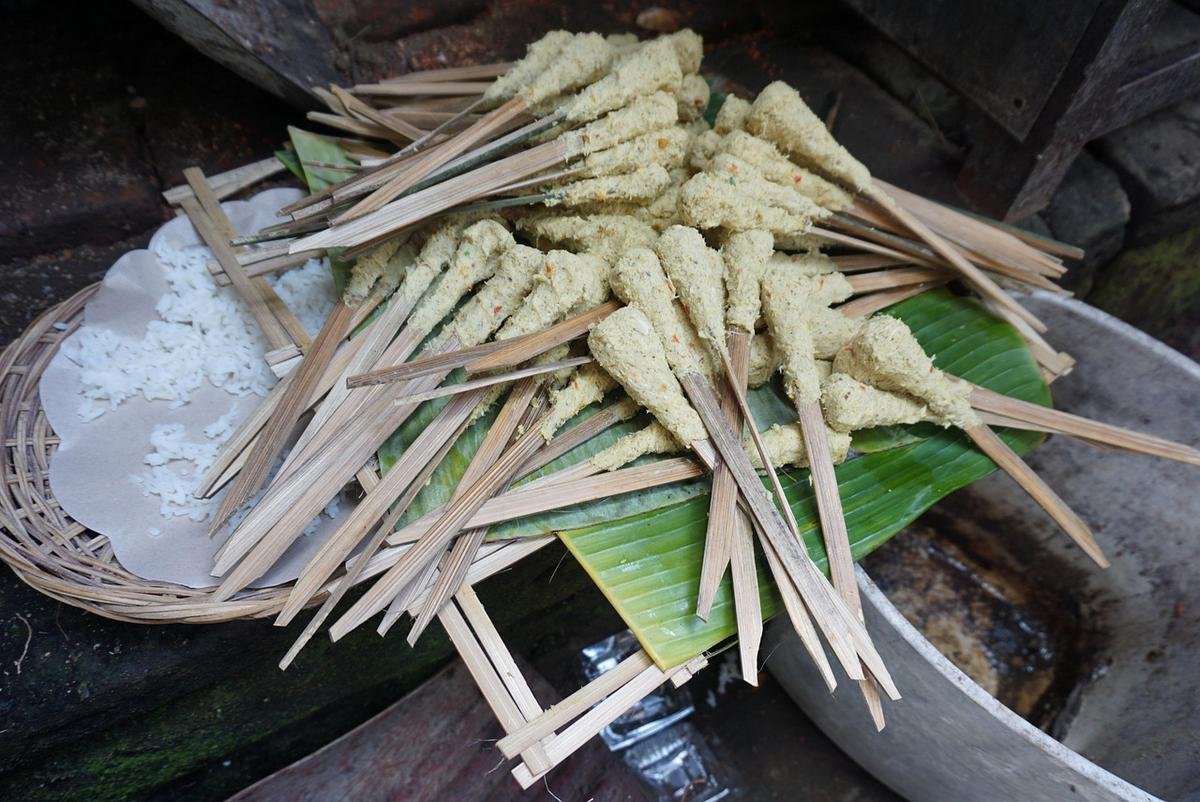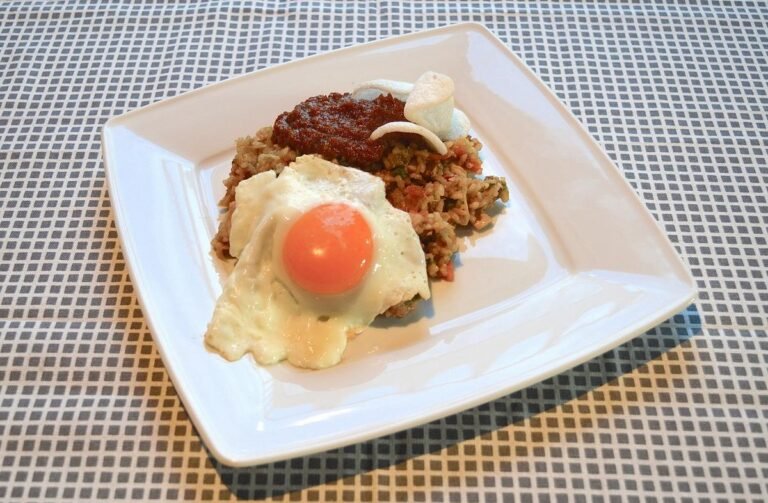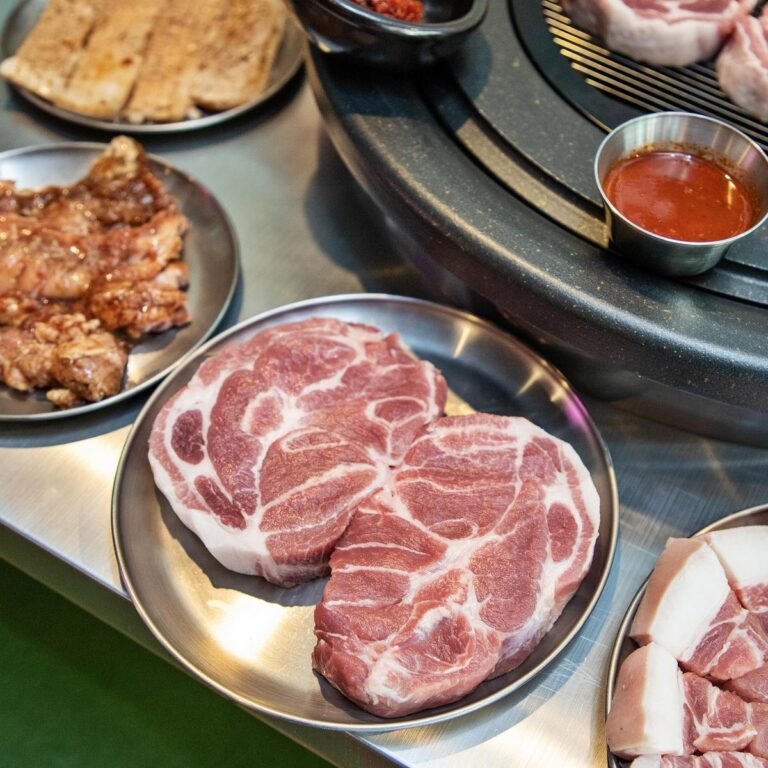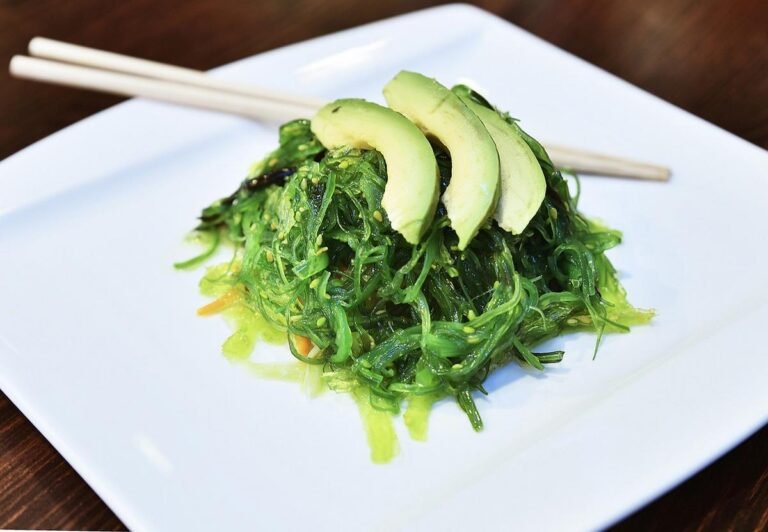Ubud’s Kakul Satay Turns Rice Field Snails into Bali’s Must-Try Delicacy
Bali has long attracted food enthusiasts with its heritage recipes and fragrant spice blends. One dish that embodies the island’s spirit is kakul Satay. Skewers of rice field snail meat grant a rustic taste that many have never encountered. Travelers drawn by Balinese lore often pick up these skewers at open-air stalls around Ubud, where they can sample this rustic specialty.
Rice field snails once thrived amid Ubud’s flooded terraces. Locals harvested them by hand whenever monsoon rains filled the paddies. In earlier days, these mollusks served as a cheap protein source for farming families. Over time, cooks refined that simple meal, introducing aromatic spices and skewering the meat for grilling. The result grew into an icon of Balinese street dining.
Each preparation starts with rigorous cleaning. Raw snail meat finds a bath in fresh lime juice until its slimy layer lifts and any earthy scent fades. Then the meat simmers in gently simmering water spiked with bay leaves, crushed lemongrass stalks and extra lime. That brief poach softens muscle fibers. After cooling, chefs pull the snail from its shell, give it a final rinse and thread the pieces onto narrow bamboo sticks.
Grill craftsmen set each skewer above glowing coals until the edges develop a faint char. Smoke carries subtle notes of lemongrass and bay into tender, chewy bites. Many cooks brush on a light spice paste or a touch of local palm sugar before finishing. At serving time, chefs plate the satay next to sambal matah, a raw condiment made with shallots, chopped chili, torn kaffir lime leaves, minced lemongrass and coconut oil. That sharp relish gives every skewer a crisp counterpoint.
In Balinese ceremonies, kakul Satay carries cultural weight. Families present this dish at temple festivals and family rites, seeing snail meat as a sign of plenty and well-being. Storytellers say shells echo the cycle of life, adding symbolic depth to each offering. Regional cooks pass down slight tweaks in seasoning and grilling style from one generation to the next, resulting in subtle taste differences across villages.
As tourism flourished, restaurants and warungs began featuring kakul Satay alongside classics like babi guling and lawar. Some chefs wrap skewered snails in banana leaf bundles, but others serve them with coconut rice or sliced cucumber for balance. Food tours in Ubud often include a stop at a stall famed for this peculiar satay, giving travelers a chance to compare recipes and spice blends.
Health-wise, snail meat delivers lean protein plus calcium and iron that support bone strength and blood health. Fans praise its low-fat profile and nutrient pack. First-timers should seek vendors who source snails from uncontaminated paddies and follow strict cleanliness. That care keeps each serving both safe and packed with the earthy, smoky flavors that define this rare Balinese treat.







